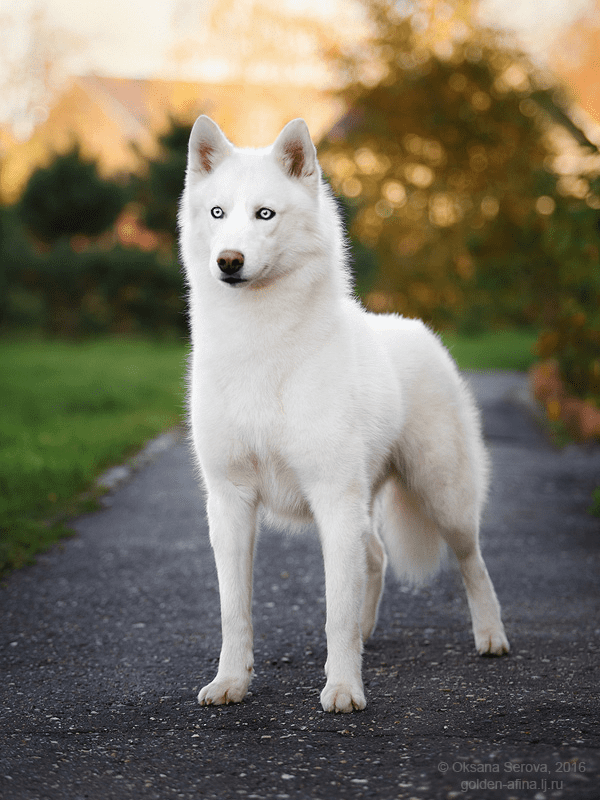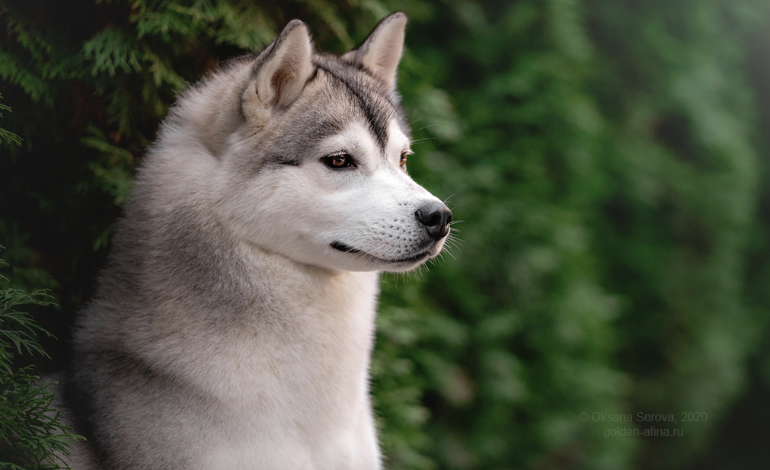Lineage of Siberian Husky breed
The Siberian husky is a specialized breed of dog, sled - type of dog, registered by the American dog breeders in the 30th years of XX century.
The breed originated to the aboriginal dogs of the Russian Far East, and in fact, is one of the ancient breeds of dog.
Geography: Anadyr, Kolyma, Kamchatka.
The owners of the first — settled coastal tribes, the Yukaghir, the Kerek, the Asiatic Eskimos and coastal Chukchi — Alkalyn (Primorsko, Pomorie — from Anka (sea)).
Currently the breed "Siberian husky" is not only used as a sled, but also as a companion dog and a show dog.
The name of the breed
Book name (term) "Husky" (distorted "Eski") originally meant Eskimos. Subsequently, this name was given to eskimo husky. This is a dog with thick fur, pointed muzzle with erect ears and straight tail. When the first representatives of the Chukchi dogs arrived in North America, to distinguish it from eskimo husky they were called Siberian huskies, and this name is retained by them to this day.
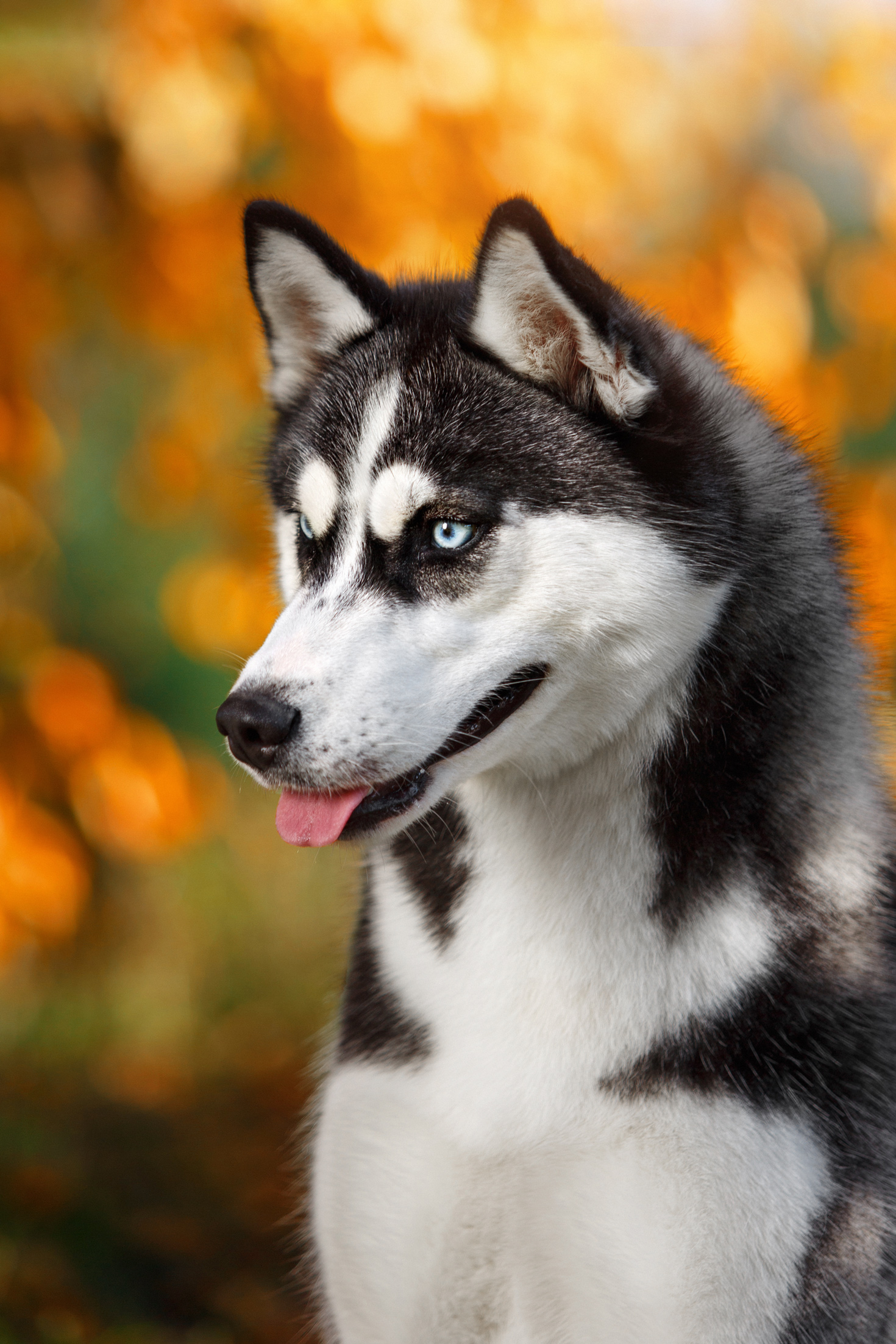
Migration to the USA
Sled dogs of the Russian Far East were first imported to Alaska in 1908. Because they have excellent racing qualities, continued to be brought in the U.S. over the next two decades to participate in races and for further breeding. In the USSR, when it was compiled the General register of Northern breeds, sled Siberian North, the Far East, Sakhalin, Chukotka has fallen from this list since it started the policy of merging of species into one, and then the sled dog was considered not promising, because it had to replace aircraft and Moto-sled. In 1934 the breed the Siberian husky was officially recognized in the US and it has set the standard.
History has preserved for us the names of the people who initiated the breeding of these wonderful dogs. Fur trader and a native of the Russian Empire William Husak (involved in the Alaska race in 1909), a Scottish gold miner Fox Maul Ramsey (1911), fur trader Olaf Swenson, seriously studied the Chukchi practice of keeping and breeding these dogs in the late 1930-ies, and, of course, the musher Leonard Seppala.
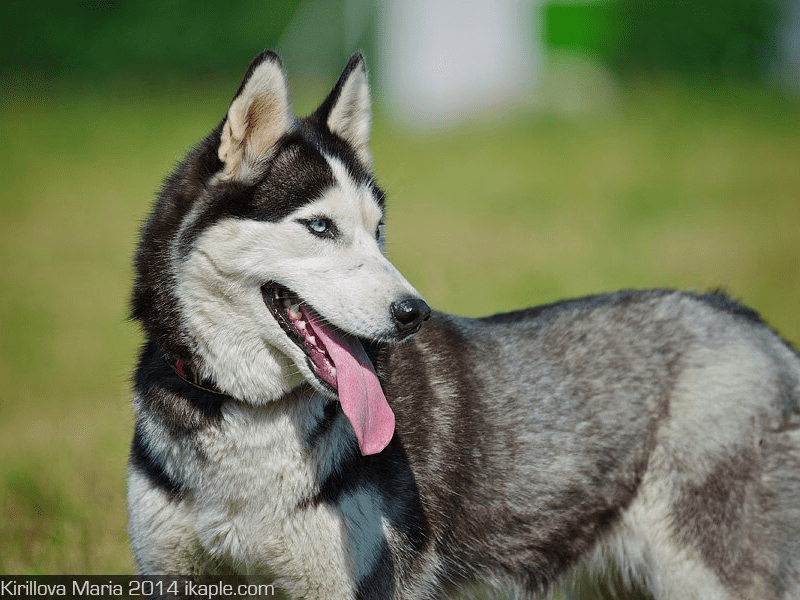
The origins of interest in the breed
The mind and endurance of sled dogs were not popular, when E. Seeley and Lorna B. Demidoff brought bright blue eyed black and white color dog, featuring low cut, thereby judges and winning prizes for best in group and best dog at the show. Thus, the breed Siberian husky moved away from their origins and received a new direction as a participant in beauty.
Now, because of the friendly nature and beautiful appearance, the Siberian husky exhibition breeding is ideal as companion dogs even for apartment content. In that capacity, they began their new spread around the world in the 1970-ies.
In Russia, the Siberian husky actually appeared only after the collapse of the Soviet Union. The first importation of dogs from the kennels: "Husky Haven" — American line, "Akulova Gora" — European lines (black and white and blue-eyed) was implemented only in 1995. Just 14 dogs were attended on the rock show in 1997. In 2000, the RCF has registered 139 husky puppies.
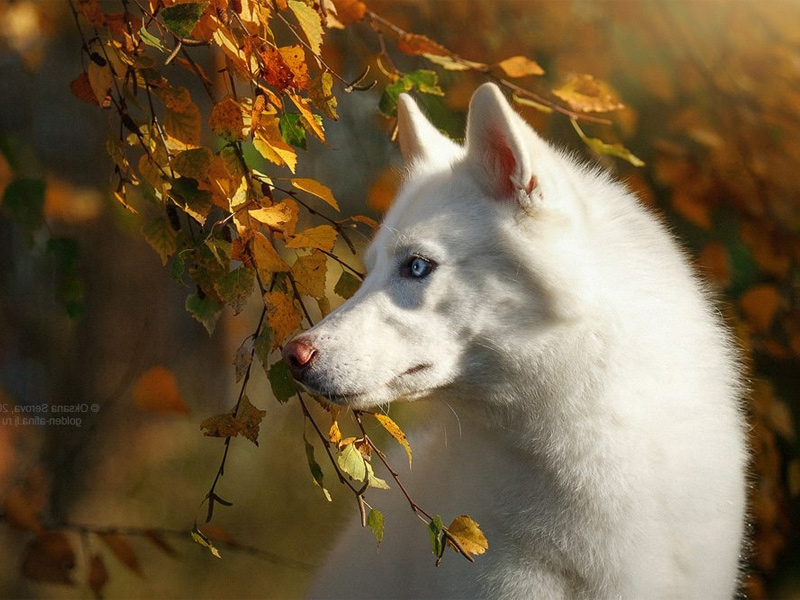
Character
Friendly, relaxed, but alive.
Dog totally unsuitable for use as a hunting (hunting, but does not bring the prey), guard (instinct of protection of territory is kept to a minimum) and security (normally these dogs absolutely no aggression to humans). Dog too independent, so badly suited for the role of service.
Attempts to unlock the aggression against the person usually end up getting a dog with mental disorders, when the physical abilities of this dog are a huge danger to others. This breed can not be used strictly as a guard.
Siberian husky easily settles in a new place and well suited for apartment content.
Huskies need more exercise, long walks and regular "charging for the mind" (lessons obedience, Frisbee, agility, hiking on new dog places, etc.)
Siberian huskies have a tendency to runaway. The case when closed in the farmhouse dog muzzle jump knocked the glass, jumped out the window and went to look for the rest of their pack. In addition, they quickly learn open the doors, they are excellent diggers, good jump and is able to even climb over the high fence, which complicates their retention within the fenced area locked in a village house dog muzzle jump knocked the glass, jumped out the window and went to look for the rest of their pack. In addition, they quickly learn to open doors, they are excellent diggers, good jumpers and able to even climb over the high fence, which complicates their retention within the fenced area.
